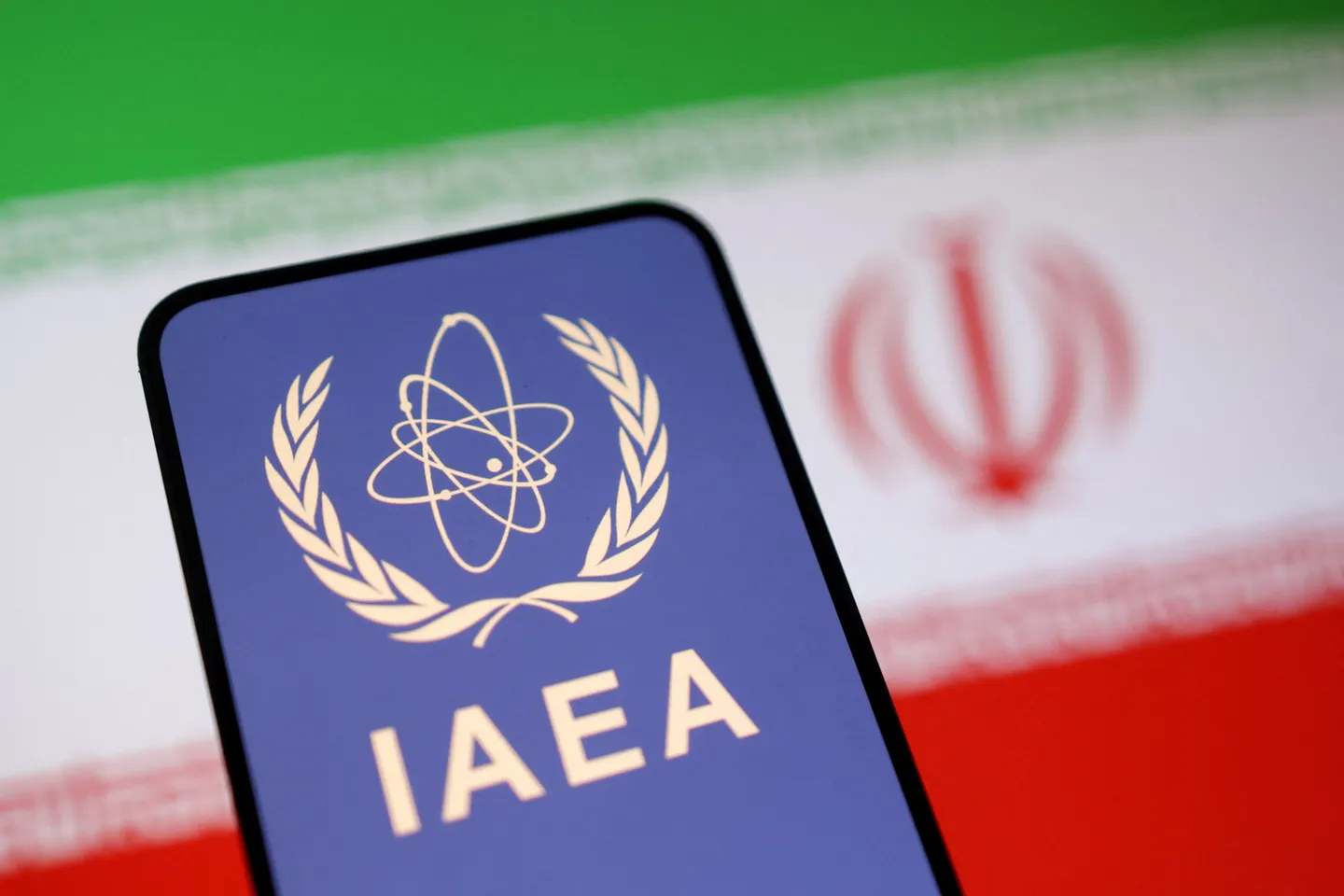The JCPOA was signed in Vienna on 14 July between Iran and the E3/EU+3 (France, Germany, United Kingdom; European Union; and China, Russia and the United States). It is factually incorrect and misleading to refer to the JCPOA as the “P5+1” nuclear deal, because as the official title states the agreement is between the States parties as listed in the title of the agreement and it has no connection at all with the UN Security Council.
Separately, the following week, the UN Security Council unanimously adopted Resolution 2231 on 20 July 2015, and endorsed the JCPOA as signifying a fundamental shift in the Council’s heretofore politicized consideration of the Iran nuclear file, expressed its desire to start a new relationship with Iran based on the implementation of the JCPOA verified exclusively by the IAEA and thus to bring to a satisfactory conclusion the Council’s consideration of this matter.
In parallel to the signing of the JCPOA on 14 July 2015, the IAEA and the Atomic Energy Organization of Iran (AEOI), signed in Vienna a “Road-map for the clarification of past and present outstanding issues regarding Iran’s nuclear programme”. The IAEA and Iran agreed, in continuation of their cooperation under the Framework for Cooperation (of 11 November 2013), to accelerate and strengthen their cooperation and dialogue aimed at the resolution, by 15 December 2015, of all past and present outstanding issues that had not already been resolved by the IAEA and Iran.
Accordingly, on 2 December 2015, the IAEA presented its “Final Assessment on Past and Present Outstanding Issues regarding Iran’s Nuclear Programme” to the Agency’s Board of Governors. The Agency assessed that a range of activities relevant to the development of a nuclear explosive device were conducted in Iran prior to the end of 2003 as a coordinated effort, and some activities took place after 2003. The Agency also assessed that these activities did not advance beyond feasibility and scientific studies, and the acquisition of certain relevant technical competences and capabilities. The Agency found no credible indications of activities in Iran relevant to the development of a nuclear explosive device after 2009. The Agency also found no credible indications of the diversion of nuclear material in connection with the possible military dimensions to Iran’s nuclear programme. On 15 December 2015, the IAEA Board of Governors endorsed the Agency’s conclusions of 2 December 2015.
Thereupon the milestone of JCPOA Implementation Day was reached on 16 January 2016 after the IAEA had verified that Iran had fulfilled its commitments under the IAEA-Iran road map noted above.
Fast forward to May 2018, when the United States unilaterally withdrew from the JCPOA. Between December 2015 and May 2018, all IAEA reports on JCPOA implementation concluded that Iran was in compliance with its JCPOA and NPT safeguards obligations. Starting from June 2019 through to June 2025, Iran progressively took steps to roll back JCPOA restrictions on uranium enrichment and related matters such as centrifuge manufacturing among others, after providing advance notifications to the IAEA. In fact, thus far, to date from 2003 to 2025, no IAEA report has found indications of diversion of safeguarded nuclear material from peaceful to non-peaceful nuclear activities in contravention of Iran’s comprehensive safeguards agreement pursuant to the NPT.
Given space considerations, one should note that the IAEA report of 31 May 2025 stated that it had verified all highly-enriched uranium stocks in Iran, as well as enrichment facilities in Natanz and Fordow, as well as related nuclear fuel cycle facilities in Esfahan, Arak and elsewhere. The Agency concluded that the analysis of all available safeguards-relevant information, and the lack of answers and clarifications provided by Iran to the Agency’s questions related to three locations (specifically Lavisan Shian, Varamin, and Marivan), had led the Agency to conclude that these three locations, and other possible related locations, were part of an undeclared structured nuclear programme carried out by Iran until the early 2000s and that some activities used undeclared nuclear material. Notably, the Agency stated that it had no credible indications of an ongoing, undeclared structured nuclear [weapon] programme. The IAEA affirmed that “unless and until Iran assists the Agency in resolving the outstanding issues, the Agency will not be in a position to provide assurance that Iran’s nuclear programme is exclusively peaceful”.
The attacks on 13/14 June and 21/22 June 2025 on Iran’s safeguarded nuclear facilities were not sanctioned by the UN Security Council, and were in contravention of several relevant international legally binding instruments including the UN Charter, the Geneva Convention, the Vienna Convention on the Law of Treaties, NPT Comprehensive Safeguards Agreement, IAEA Board and General Conference decision and resolutions. Under the UN Charter and international law there is no scope of pre-emptive defensive military actions against another UN Member State and NPT State party.
In conclusion, the JCPOA was a landmark agreement that enabled unprecedented verification and monitoring activities concerning the nuclear activities in a NPT non-nuclear-weapon State party, including use of novel technologies such as on-line enrichment monitoring. Any new agreement, if it can be reached, by necessity will be along the lines of the JCPOA – whether it can be “better” remains to be seen but I remain sceptical. The collapse of the JCPOA and unsanctioned military strikes against safeguarded nuclear facilities have inflicted severe damage to the integrity and authority of the IAEA and the broader NPT legal regime and the world is worse off for it!
It is in the self-interest of all NPT States parties to continue to reaffirm their consensus understanding that the IAEA remains the sole competent independent technical authority to verify States’ nuclear non-proliferation obligations pursuant to the NPT and no actions should be taken that can undermine the Agency.
Keywords: Iran, Nuclear Non-Proliferation, Global Security, IAEA
NPT
E16/SHAH – 25/07/14


